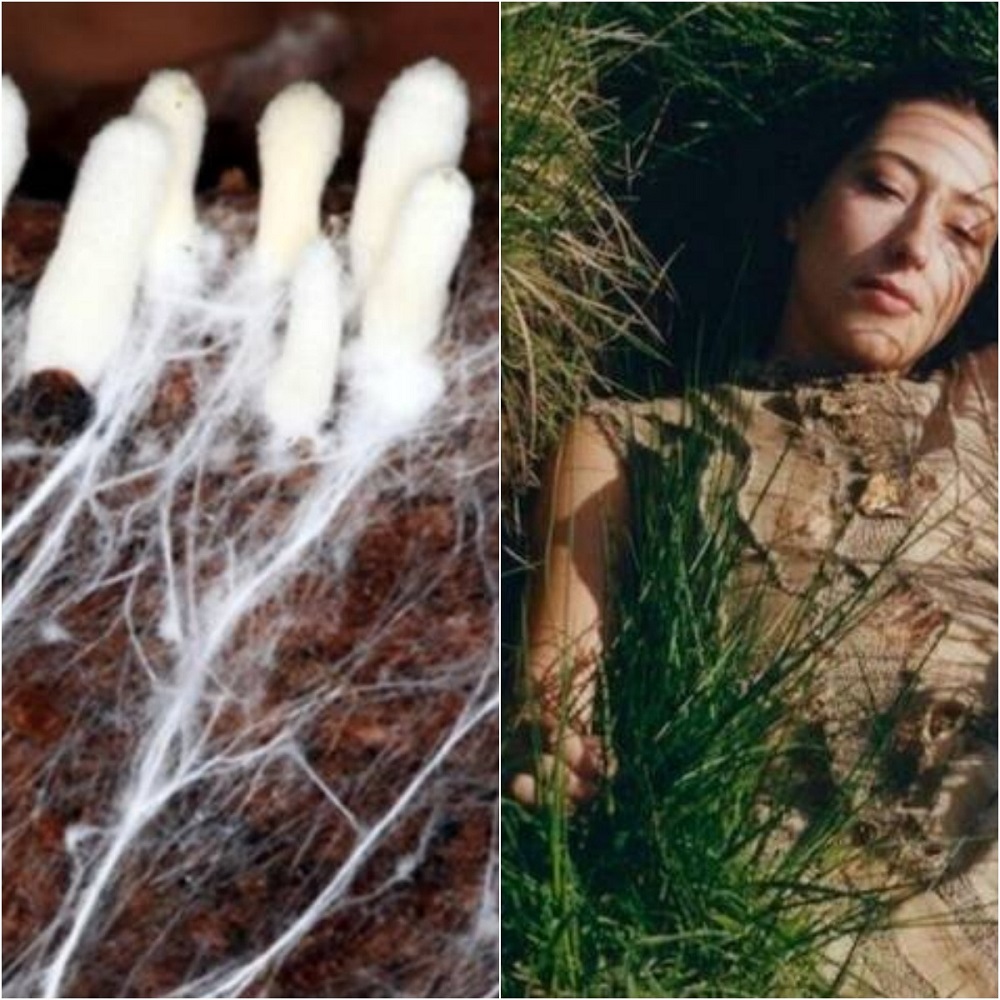Materials made using fungal mycelium have been found to have regenerative properties, though scientists have yet to perfect the method.
Elsacker et al., Advanced Functional Materials, 2023Experiments suggest that “mushroom leather” made with fungus can repair itself, though damage marks are still visible.
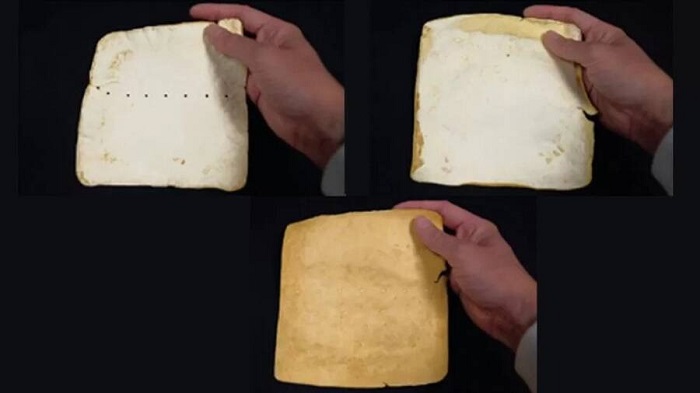
Self-repairing clothing may seem like a far-out idea from science fiction. But a recent study suggests that it could be possible soon, thanks to the regenerating properties of fungus.
According to a study from researchers at Newcastle University and Northumbria University, “mushroom leather” made using mycelium — the root-like part of fungus — could one day have self-repairing properties. These could, in theory, be used in everything from household furniture to leather jackets.
“The ability of this regenerative mycelium material to heal micro and macro defects opens interesting prospects for unique product applications in leather-goods replacements such as furniture, automotive seats, and fashionwear,” the researchers noted.
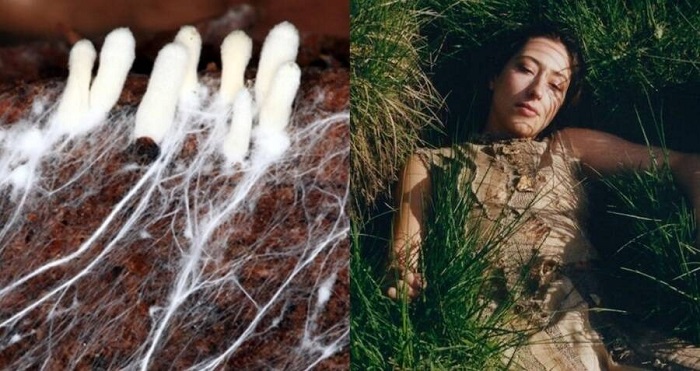
They aren’t the first to use mycelium to make “mushroom leather.” Companies like Reishi and Bolt Threads have already started to produce high-end, leather-like items like handbags, hats, and jackets. However, the production of mycelium materials today often kills off chlamydospores, which Science Alert reports are spores that help the organism to regenerate.
To utilize the power of the chlamydospores, the research team mixed mycelia, chlamydospores, carbohydrates, proteins, and other nutrients. This process produced a thin, leather-like material.
Significantly, this mycelium skin still contained the self-regenerating power of the chlamydospores. And when researchers punctured it, they found that the skin was able to repair itself (as long as it was placed in conditions similar to where it was grown). Some damage marks were still visible, but the skin appeared to retain strength.
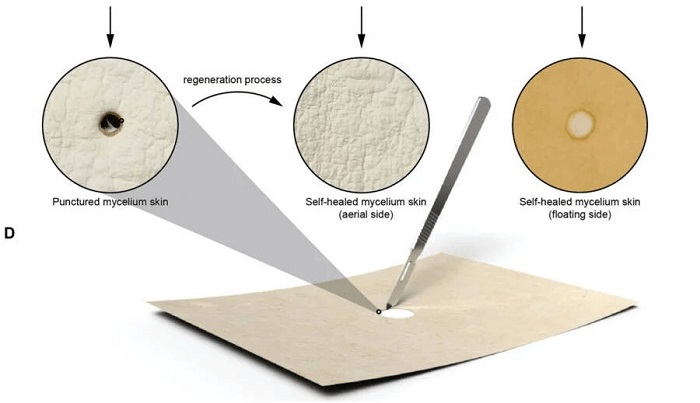
Elsacker et al., Advanced Functional Materials, 2023The researchers mixed mycelia, chlamydospores, carbohydrates, proteins, and other nutrients to produce a thin, self-generating material.
“The results suggest that mycelium materials can survive in dry and oligotrophic environments, and self-healing is possible with minimal intervention after a two-day recovery period,” the research team explained.
That said, don’t expect to find self-generating clothing on the rack anytime soon. The mycelium skin produced by the researchers is too thin and delicate to be worn, and the regrowth process — as it stands at the moment — takes several days to complete.

However, the research team is optimistic that the mycelium skin can be further developed. Science Alert reports they’ve already brainstormed ways to make the skin stronger and thus more suitable for use, including combining different layers or plasticizing the skin in glycerol.
Once the process is perfected, self-repairing mycelium skin materials could have profound implications across several industries.
Public DomainMatrerial utilizing the root-like threads of mycelium, seen here, could gradually replace leather.
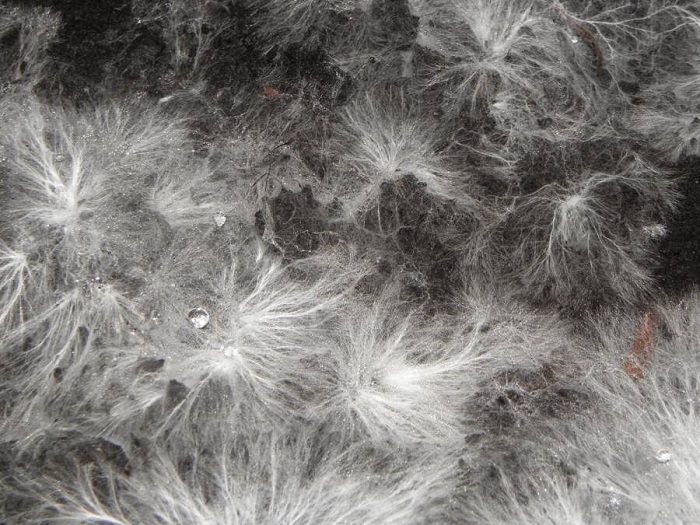
As The New York Times reports, mycelium material could be used for much more than leather clothing items. Car manufacturers are the second-largest user of leather after footwear, and many are interested in using more sustainable materials for their car interiors.
Leather substitutes today — often called “pleather” — use a significant amount of plastic, which means they aren’t especially environmentally friendly or sustainable. Mycelium could change that.
As such, mycelium skin could soon change the world. Not only is this “mushroom leather” better for the environment, it could also soon repair itself. In the not-so-distant future, car seats, sofas, and jackets could perhaps self-regenerate — all thanks to the power of fungus.
